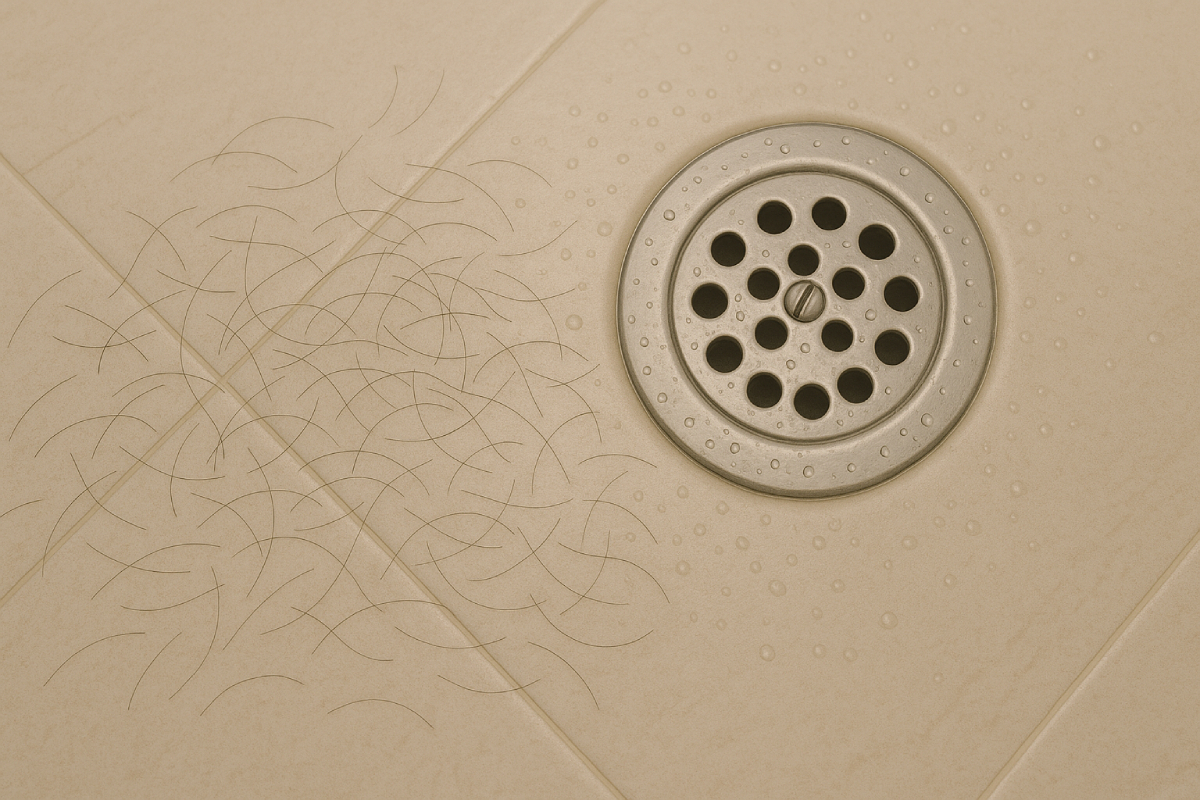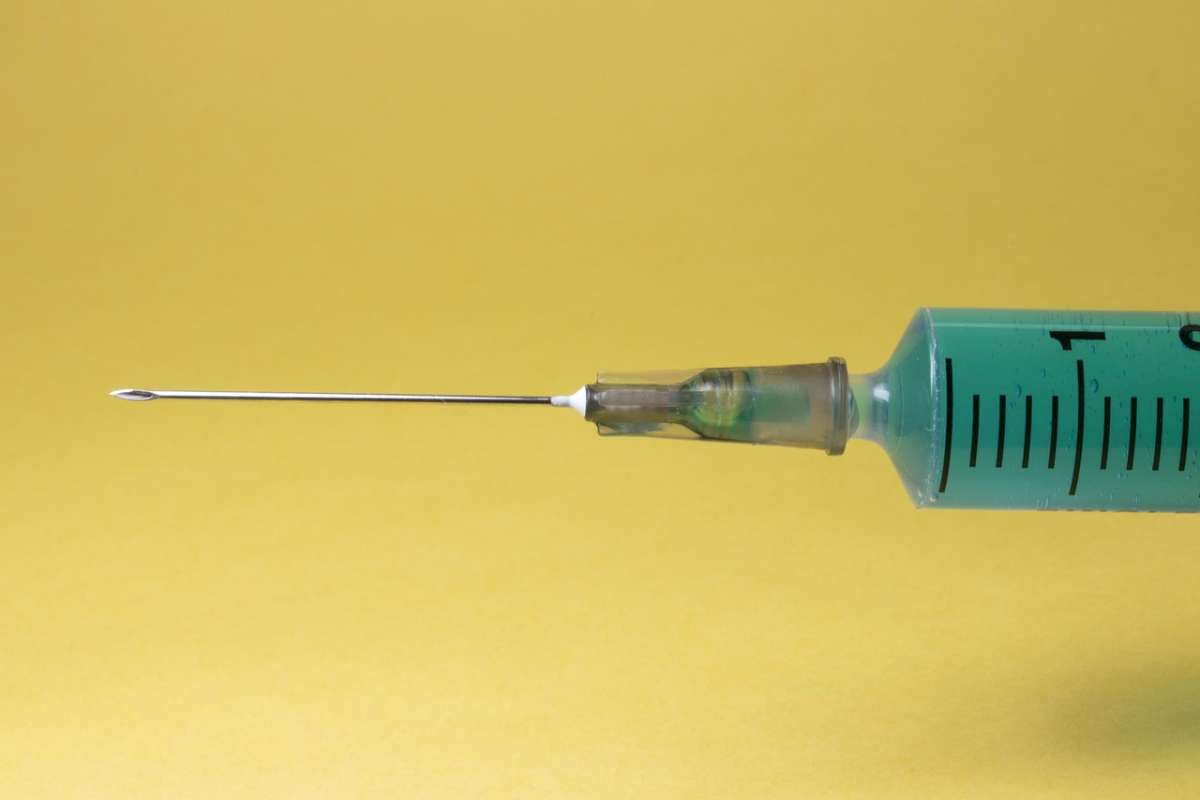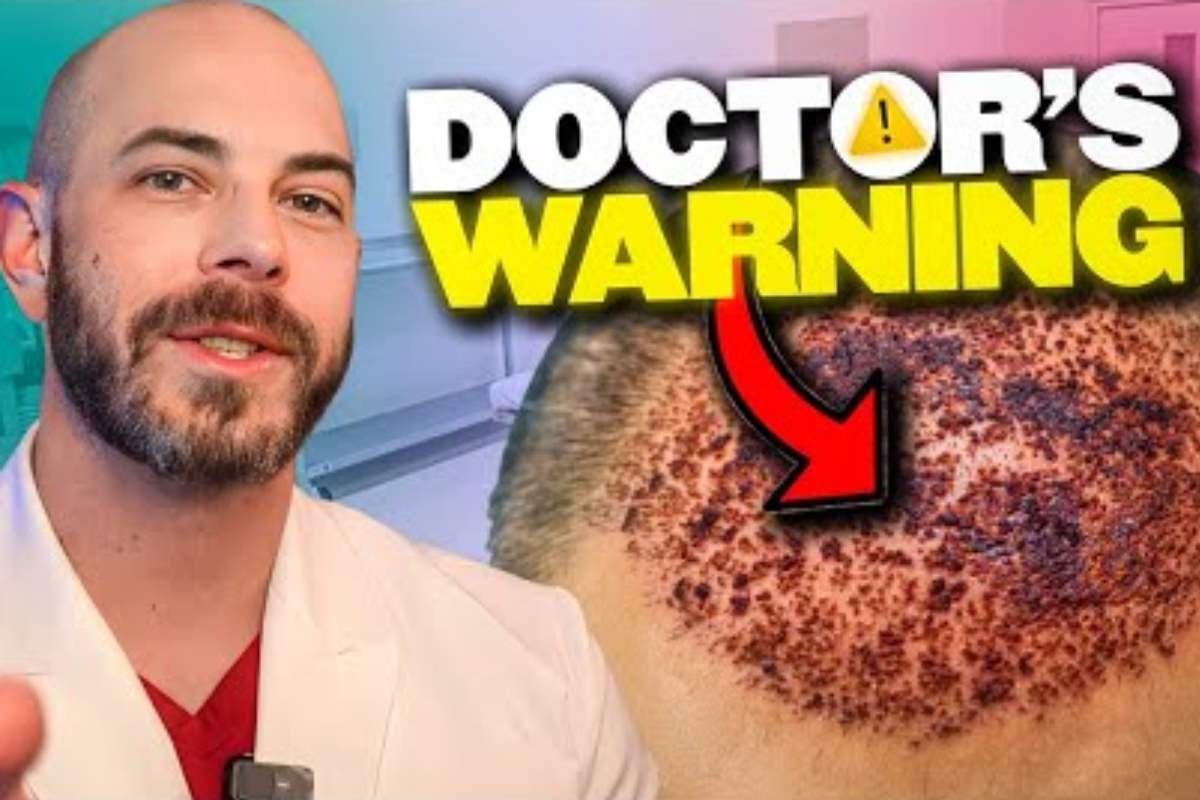Hair Transplant FAQ
Am I a good candidate for hair transplant surgery?
Probably. Candidacy is determined by two main factors: 1) how much thinning or baldness you have and 2) your donor hair availability. There are other factors that need to be considered such as flexibility of the scalp, expectations, age, etc. A face-to-face consult for local or virtual consult for out-of-town patients is the best way to determine your candidacy.
How many grafts do I need?
That depends on your goals and how much hair loss you already have. We can provide small restoration touch ups in the hairline or temples or address the entire top of the scalp (in multiple sessions). Once again, this will be determined at the time of your consultation.
How much does hair transplant surgery cost?
At the Limmer Hair Transplant Center we believe in transparency of our pricing. We do not “wheel and deal” because we feel we offer very competitive pricing. We are fortunate that word of mouth continues to be our largest source of referrals, which keeps our advertising costs at a minimum. Depending on the number of grafts and the method of harvest (strip vs. FUE) the pricing can vary, so please check our price sheet.
Is the procedure painful?
It is a surgical procedure, and we would be dishonest to claim there is no discomfort involved. However, the pain truly is minimal for patients undergoing strip harvest and even less for those having the FUE method, where there is no incision. We send all of our patients home with pain medication, and about half of our patients choose to take it. Some patients comment that the hardest part of the entire experience is actually sitting in the chair all day for the procedure.
How long does the procedure take?
Both strip harvest and FUE require about 8-10 hours. It is a long, tedious day. Our patients are required to arrive in the office a little before 8:00 AM and usually finish between 4:00 and 6:00 PM. You will be able to take breaks as needed to stretch your legs or use the restroom. We provide lunch for patients. You should bring items with you to keep you busy all day such as a tablet, laptop computer, headphones, etc., and chargers for these items are also recommended.
Medication FAQ
Why does the package insert say to only use minoxidl (Rogaine) on the back of my scalp?
The package insert says to only use on the back of the scalp because the FDA determines the content of all package inserts. When UpJohn originally did the studies on minoxidil (Rogaine) they only studied the back of men’s scalps so that determined the package directions. Minoxidil (Rogaine) does not know what hair you are treating. It will make any hair grow thicker and longer. You should use it anywhere on your scalp that you have thinning, including the frontal hairline. For women, take caution that it doesn’t drip down your forehead or sideburns in order to prevent unwanted growth of hair on the face.
I heard minoxidil (Rogaine) grows new hair and finasteride (Propecia) stops the hair from falling out? What’s the difference?
All medical therapies can induce new hair growth by stimulating dormant hair follicles to grow or increasing the growth of “miniaturized” hairs which will give the appearance of regrowth. As hair loss occurs, the hairs that are being lost tend to become shorter and skinnier than the normal hairs in a process referred to as “miniaturization.” Some patients respond dramatically to hair loss therapies, others note primarily stabilization of hair loss. Either way, all medical therapies have the potential to slow the progression of hair loss –AND- potentially regrow hair, but it is only through use that you will know how you respond. You should use any therapy for a minimum 3-6 months before determining if it is helping. It’s easy to give up early because it is natural to want results immediately but you must be patient. The good news is the results can continue to improve for up to 2 years. There has never been a head to head trial of minoxidil (Rogaine) and finasteride (Propecia) but animal studies show that the two may work synergistically so it is worthwhile using them together.
How did scientists discover minoxidil and finasteride’s use for hair loss?
Did you know that both came through “accidental” discovery in other clinical trials? Minoxidil is still used today by oral or intravenous routes to treat high blood pressure. Patients with failing kidneys who are on dialysis oftentimes have the most difficult to treat high blood pressure. It was noted that these patients on oral or IV minoxidil were becoming hairier. It can cause “hursuitism” when used systemically, meaning increase in all body hair. That is why minoxidil was formulated for topical use to treat the scalp.
In the case of finasteride, it was first studied to treat benign prostatic hypertrophy (BPH) or enlarged prostate. An enlarged prostate makes it more difficult to urinate and is a very common condition in men as they age. Finasteride has now been used for decades for this condition. In clinical trials of finasteride 5 mg for BPH, researchers and patients noted increased scalp hair growth. We now know that the enzyme that finasteride targets is found in the prostate, scalp hair and oil glands which explains this “side effect” during the prostate trials. Currently there is no FDA approved topical formulation for finasteride, it must be taken orally. When new trials began for the use of finasteride to treat hair loss they found that the 1mg dose worked as well as the 5 mg dose for scalp hair but with fewer side effects. In fact, as little as 0.2 mg per day showed improvements in hair but the standard dosing is 1 mg per day to treat male pattern alopecia (male pattern baldness). Despite conflicting and confusing information, the great majority of men or able to take it without any problems.
My friend says he’s only using finasteride (Propecia) 3 times a week? Will this work as well as daily therapy?
Finasteride 1mg daily is the FDA approved dose for hair loss. However, we know that as little as 0.2mg per day can provide improvement. Sometimes a physician will adjust the dose to fit a patient’s habits, desires, or alleviate side effects. Every other day dosing can be effective for hair loss and may carry less side effects in some people. If a patient is reluctant to use finasteride, I sometimes tell them to start out taking the medicine Monday, Wednesday, Friday and see how they feel. If they are tolerating well, they can stay with that dose or increase to daily.
Women’s Hair Transplant FAQ
Am I a good candidate for hair transplant surgery?
While it is true that men are more likely to be good candidates, a hair transplant can be beneficial for women, too. It all depends on the extent of hair loss and the availability and density of your donor hair in the back of your scalp. If you are in the early stages of thinning, you are unlikely to benefit from a hair transplant. But if there is a significant “see-through” quality to the hair on the top of the head, bangs, temples, or eyebrows then hair transplant may be an option. Many women have diffuse thinning over the entire top of the head. In this case, if there is available donor hair, we simply employ a little more strategy in order to utilize the available grafts to cover the most cosmetically sensitive areas. If donor hair allows for it, some women may choose to undergo multiple sessions to allow for increased density to be obtained.
How many grafts do I need?
It depends on the area of loss. A “full day” of hair transplant is usually 1800 grafts. That is not always obtainable in women due to the donor area also experiencing some thinning. Sometimes even 1000 grafts, when placed strategically, can improve the ability to style your hair and allow you to feel better about yourself.
Hair Loss Facts and Myths
Myth: The gene for male pattern baldness comes only from the mother.
Fact: The truth is that the gene may be passed to a child from either parent. The truth is there is more than one gene that controls hair growth. It is not as straightforward as the genes for traits such as eye or hair color.
Myth: On average, losing one hundred hairs per day is normal – no need to worry.
Fact: This is true if you don’t have a hair loss problem. The normal cycle of hair dictates that some hairs will shed from your scalp everyday and, under normal conditions, they will soon be replaced by new growth. However, in male or female pattern hair loss, daily shedding can be a concern because many of those hairs follicles are in the process of shrinking or “miniaturization.” The new hairs that grow will become progressively thinner and eventually die producing no hair at all.
Myth: You can increase the number of hair follicles by using drugs or other methods.
Fact: No. The number of hair follicles on your head is completely hereditary. Nothing you do will alter the quantity of hair follicles, but you can alter the quality (length and diameter) of your hair with medical therapy.
Myth: Cutting or shaving hair can make it grow back faster and thicker.
Fact: No. Hair grows at an average rate of half an inch per month. Because each hair shaft is slightly thicker at its base compared to its tip, hair can temporarily appear thicker for about a week after it has been cut. But cutting hair has no effect on the number or volume of hair.
Myth: Wearing a hat causes hair loss.
Fact: No. As long as you refrain from wearing a very tight hat that restricts blood flow to the hair follicles, a hat will not cause hair loss. It can, however, cause damage or breakage to the hair because of the effects of sweat, dirt, and mechanical rubbing.
Myth: Blow-drying can cause hair loss.
Fact: No. But it can dry, burn, and damage hair making it more susceptible to breakage.
Myth: If you wash your hair too often, you will go bald.
Fact: Frequent shampooing has neither a positive nor a negative effect on hair loss. If you have any seborrheic dermatitis or dandruff, there will be inflammation in the scalp that could impede hair growth. You should use a medicated shampoo to keep your hair as healthy as possible.
Myth: Bald men are sexier.
Fact: There is rarely any evidence of excess levels of testosterone in bald men. The belief that baldness makes you more virile is, unfortunately, without scientific foundation. Baldness may however be attractive to others, so it is not necessarily a negative.
Do you have a question that you couldn’t find an answer to in our Hair Transplant FAQ? Contact our offices in San Antonio, Texas, today!







